Lori Putnam stops for a moment to share what a decade of painting en plein air and away from home 120 days of the year has taught her.
At the Plein Air Convention & Expo pre-convention workshop, Lori will teach you to understand and interpret light effects in the landscape. Using slides, demonstrations, and lively discussions, you will leave the workshop with greater confidence and the tools needed to capture a specific place, time, and mood. Learn more at PleinAirConvention.com.
Painting en Plein Air: 11 Lessons From a Traveling Painter
By Stefanie Laufersweiler
I never dreamed I’d be painting as a profession, let alone seeing the world,” says Tennessee artist Lori Putnam, who left her graphic design business in 2005 to pursue painting in oils full time. ‘I never even thought I’d see much of my own country, and my very first plein air piece actually happened on my first trip to Italy.”
In fact, she and her husband, Mark, sold their home and belongings and lived in the Italian countryside for seven months at the start of her art career so she could immerse herself in largely self-taught exploration.
“Fast-forward, and for the past 10 years or so, I’ve traveled about 120 days out of the year,” says Putnam, who has honed her impressionistic style while painting in more than 15 different countries and hundreds of towns and villages in the United States and abroad. She had just returned home from a trip to Ukraine when we talked with her in 2019. Putnam shares this insight and advice on making the most of traveling and painting.
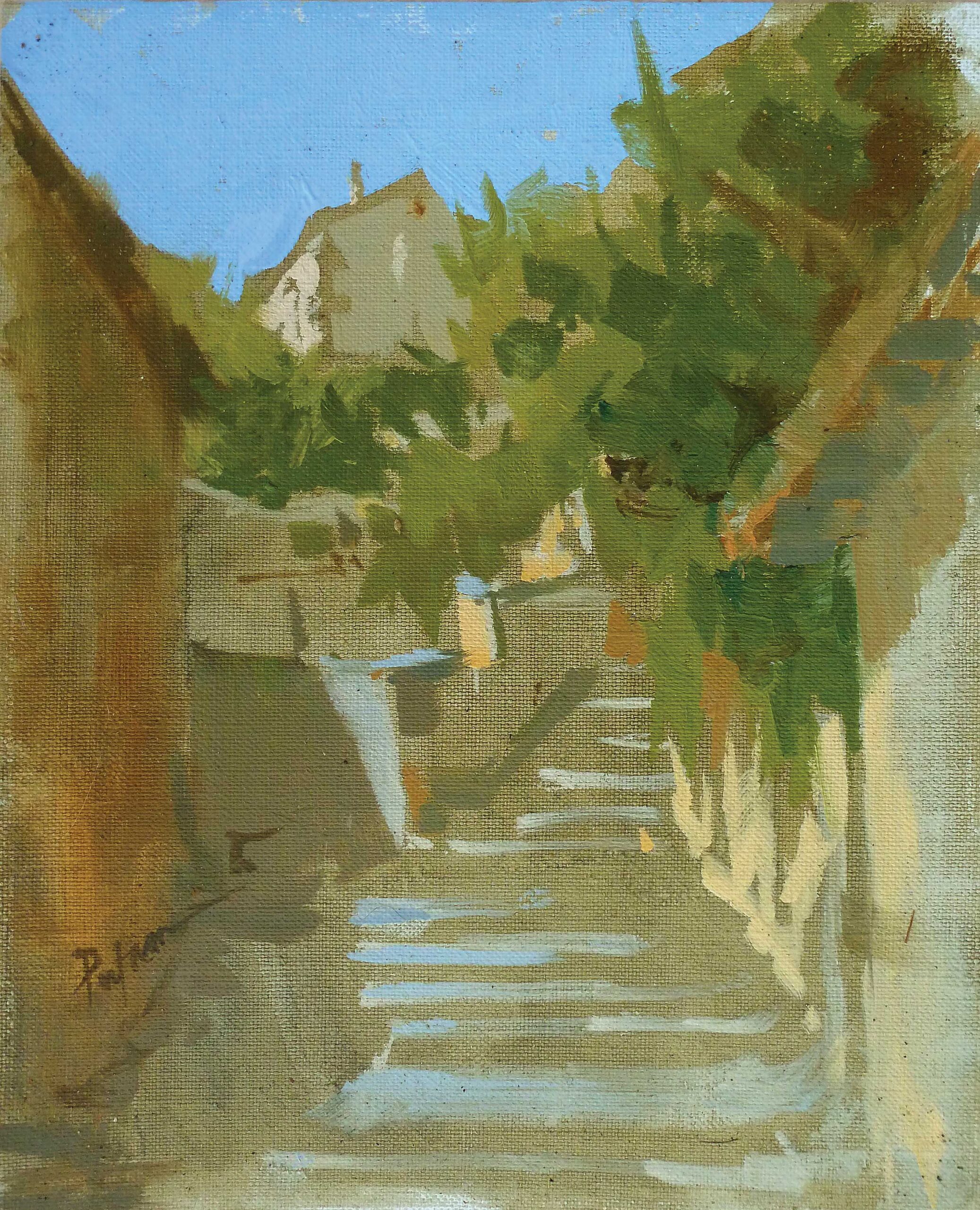
1. Don’t overplan a trip. I used to look up images and locations, take “Google walks,” and even imagine paintings before I ever hopped on a plane. That only leads to disappointment. What I try now is to arrive a day before I’ll be painting, and just allow myself the time to explore and observe. Still, it isn’t always the exact place I find on day one that I go to paint on day two. It is the feel of the place as well as the color and quality of the light that I’m soaking in. After driving or walking around for a day, I’m so ready to get started painting the next day.
2. Manage your time and expectations for painting en plein air honestly and realistically. Sometimes not managing our time well is in truth just our fear of jumping in and painting. So, first, be honest about that. If your trip is mainly a family vacation, don’t put so much pressure on yourself. Bring a sketchbook; give yourself permission to just observe; don’t try to paint at all. You’re still learning and growing either way, but without the added feeling of having failed at your mission. If it is a painting trip, however, forgo the late nights out with friends (most nights, anyway), get up before sunrise, stop at the first thing that grabs you, and paint.
3. Avoid wasting too much time on the hunt. It does no good to go out thinking, “I want to paint a mountain today,” only to pass by a dozen beautiful streams and lakes along the way. Always looking around the corner for the next thing that might be better is just frustrating. It is said that one of the reasons John Singer Sargent got so good is that he saw opportunity in everything. He found a spot and just painted it, rather than wandering around all day searching.
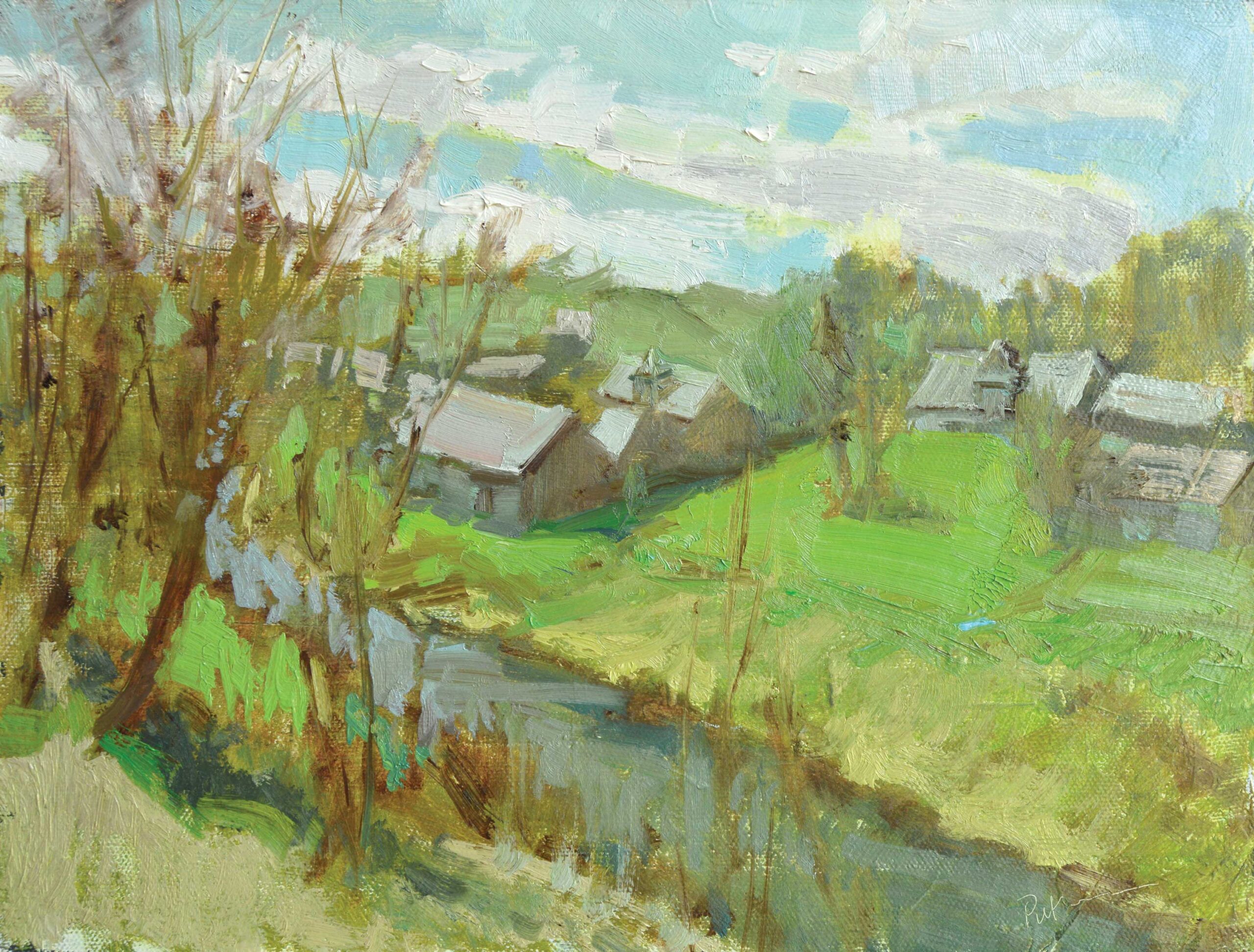
4. Paint adverbs and adjectives, not nouns. I don’t really paint subjects. The world around us offers some amazing patterns, shapes, and color harmony. That is what gets me excited about painting. Remember this wherever you are painting.
5. Never paint something you feel confident painting. Even in a competition, growth is more important to me than winning. I’m always trying to capture something new. Every canvas is an opportunity. Be open to paintings that push you.
6. Even the most picturesque places have hidden stories to paint, if you learn to see them. Lots of painters can paint majestic mountain peaks or prominent landmarks much better than I ever will. It is more important to me to share my individual creative eye. If I have any gift at all, that is it. That’s what I try to teach my students as well. I don’t expect them to paint as I paint; I want to teach them to have new vision and tools for managing that vision. That takes some time, but once they begin to see it that way, it opens up an entirely different world.
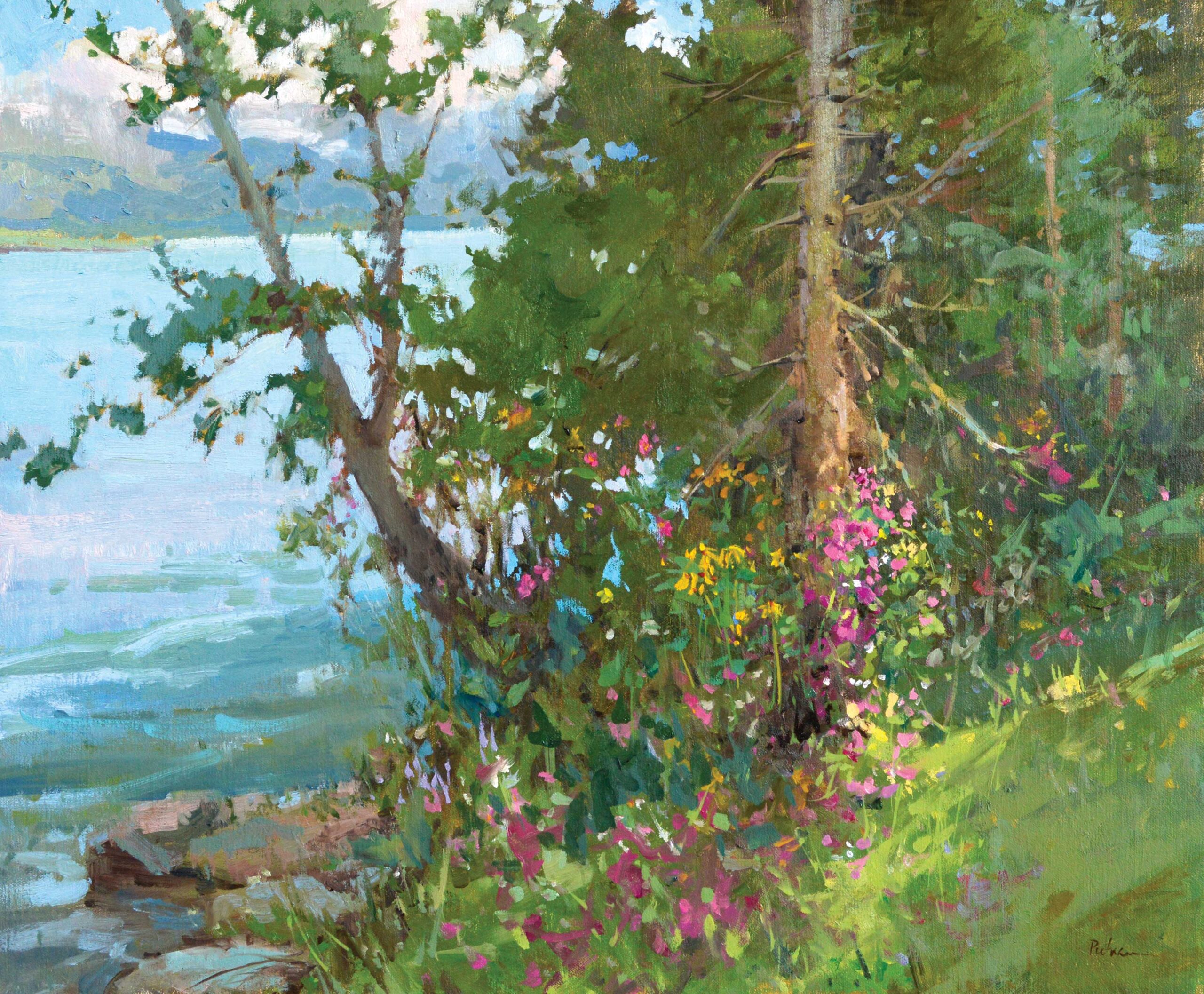
7. Simply seeing the world through another artist’s eyes can be fruitful. Like going to a great museum, I really examine the pieces that fascinate me most when I’m at a plein air exhibition. I also take the opportunity to talk with other artists at such events. Everyone sharing is the way we all get better at this. Twenty different painters can paint the exact same location and you will get 20 different paintings. It is an eye-opening experience to see what others painted and how they painted it.
8. Advertising will get you noticed. Countless times I’ve been told that the reason someone signed up for a workshop is that they saw it in an advertisement. I’ve also been invited to plein air invitationals because of ads, and those appearances have brought my art to the attention of people who ultimately helped me expand my audience and gain collectors.
9. Be gracious and grateful, beginning with the organizers and volunteers of events you’re participating in. It’s a smaller world than you think, and it’s so easy to get tagged as the troublemaker who never gets invited back. Also, painters are often approached for names of people to invite to future events. No one likes a jerk, even if that jerk can paint well.
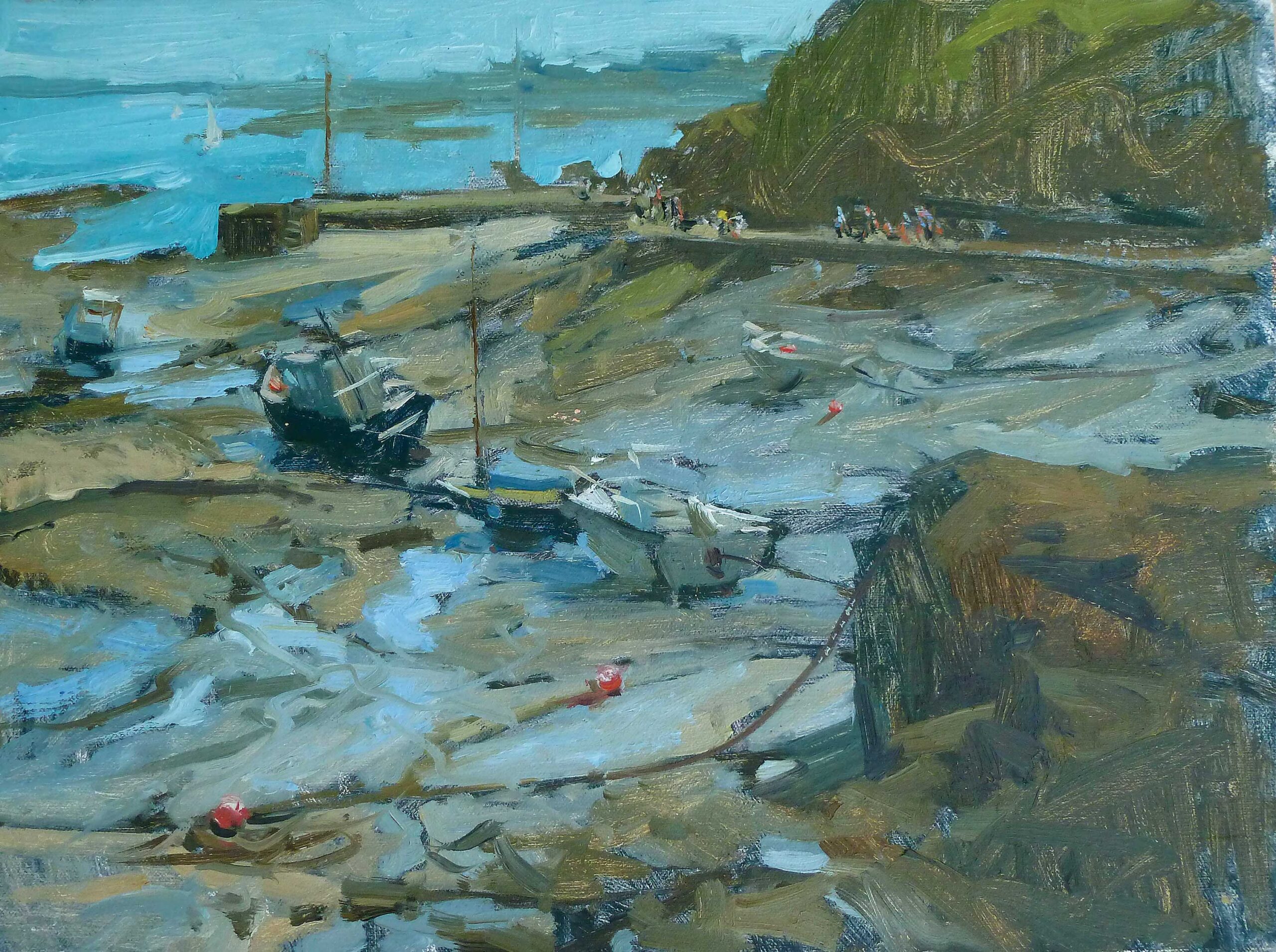
10. When returning from a trip, if you can, take to your studio while you’re still enthusiastic. Don’t go through every photo you took right when you get back. Instead, let your studies and memories spark your creativity. The photos will always be there, but you’ll lose the soulful connection you have to where you visited very quickly. Paint more small studies of the snapshots that exist only in your mind. It’s a challenge, but it works to keep things fresh. Go so far as to try large works without a photo. Those are the best paintings you will ever make.
11. Art opens borders, connects cultures, and changes the world. When I’m painting en plein air, passersby nod and smile. It brings both them and me joy. More than once I’ve had someone bring me an espresso or a glass of wine and share a word or two with hand gestures to suggest I have touched their heart. In Guatemala, little children stand so close that you honestly have to work hard not to get paint on them. Sometimes I hand them the brush and just let them paint. You don’t need to speak the language to share what you are doing when you’re standing out on the street painting – the art speaks for you.
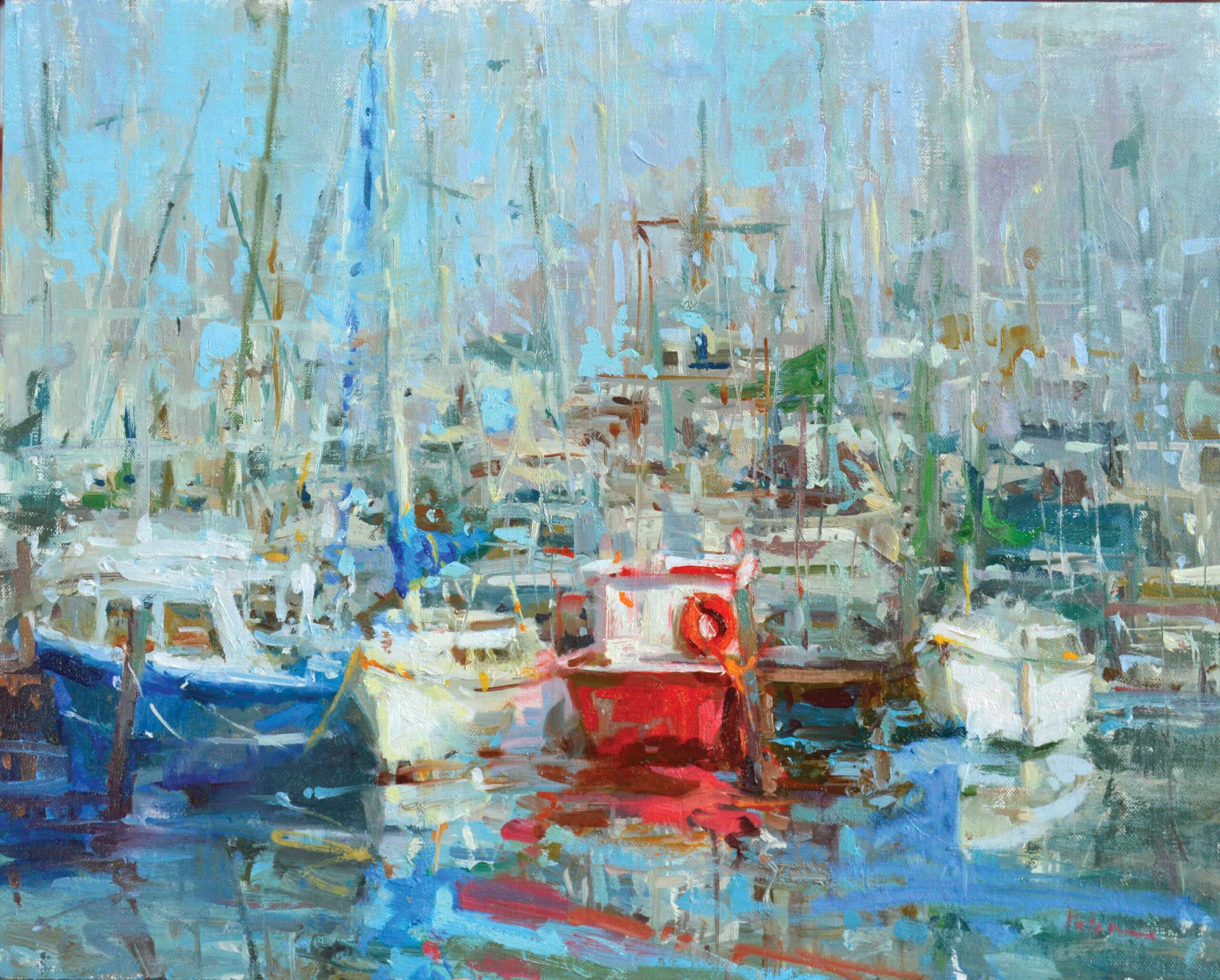
Helpful Links
- Connect with Lori Putnam through her website
- Lori will teach you her successful strategies for painting en plein air and capturing that ever-changing light in your landscape paintings in this 2-day pre-convention workshop at the Plein Air Convention & Expo in Denver, Colorado, May 20-21, 2023.
- Purchase Lori’s “Bold Brush Strokes and Confident Color” video workshop here. (“A wealth of new ideas and approaches to [how to learn painting en plein air]. The instructor is easy to understand and very competent in the subject.” ~ George Galaich)
- Watch and listen to Plein Air Podcast 232: Lori Putnam on Artistic Growth and More

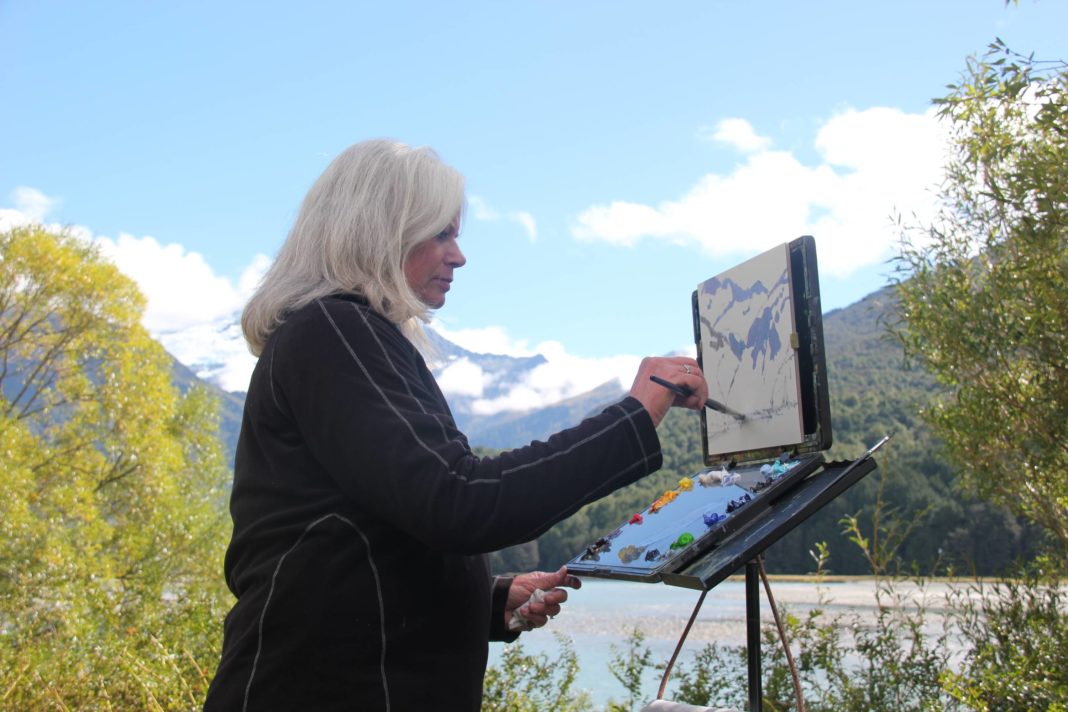
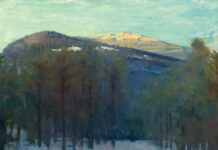
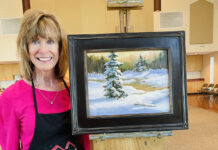
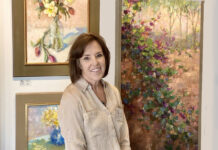
Very helpful tips from an artist who has been there, done it and is willing to share her wisdom with others! Well said!